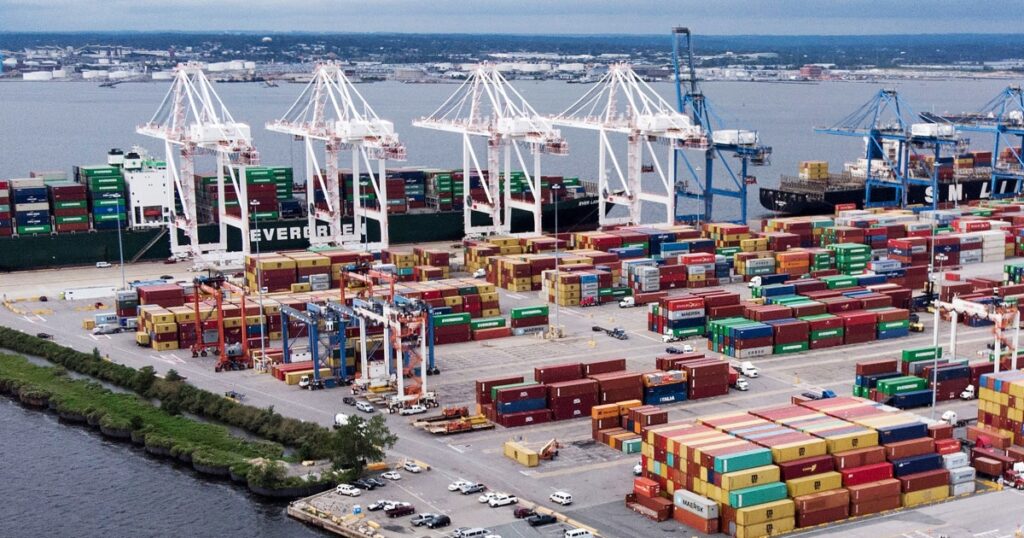Just days after CSX announced a new rail line in response to the Port of Baltimore closure, the Baltimore-bound containers that were diverted to the Port of New York and New Jersey are back being unloaded in Baltimore.
“We will keep this in play for the duration of the port closure,” said Mark Schmidt, vice president and general manager of Ports America Chesapeake, one of the port operations of Ports America, North America’s largest marine terminal operator, which is owned by the Canada Pension Plan Investment Board. “We get visibility during our day-to-day calls with the teams working on the wreckage out on the water,” he said.
CSX started discussions last week with Ports America to see how it could effectively move the diverted cargo. The volume of containers coming in may be the same but the touch points in the handling of these containers changed. “There are established supply chain touchpoints in logistics so when one becomes disrupted, it makes it hard to manage exports and imports and where they go in and out,” Schmidt explained.
The train route moving the diverted cargo includes Chicago; Kearney, New Jersey; and Baltimore.
According to supply chain intelligence firm Project44, containers originally destined for the Port of Baltimore have been rerouted to the ports of Norfolk (43%), New York (26%), Wilmington (13%), and Newark-Elizabeth, New Jersey (10%), with another 8% diverted to other ports.
Railroads are favored by shippers including retailers because of cost. While rail transport is slower, trucking comes at a higher price point. Rail is also attractive for shippers who want to be greener in their transportation, generally four times more fuel-efficient than trucks and emitting about 75% fewer greenhouse gases.
Norfolk Southern announced on Wednesday it is launching a dedicated service to facilitate the flow of diverted freight between the Elizabeth Marine Terminal at the Port of New York and New Jersey and the Seagirt Marine Terminal in…
Read the full article here





